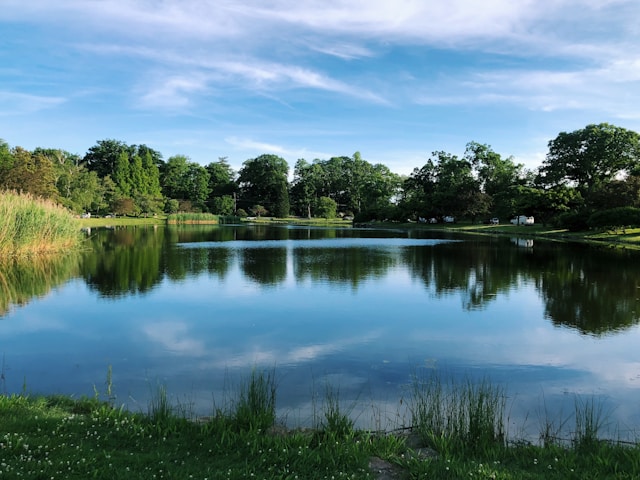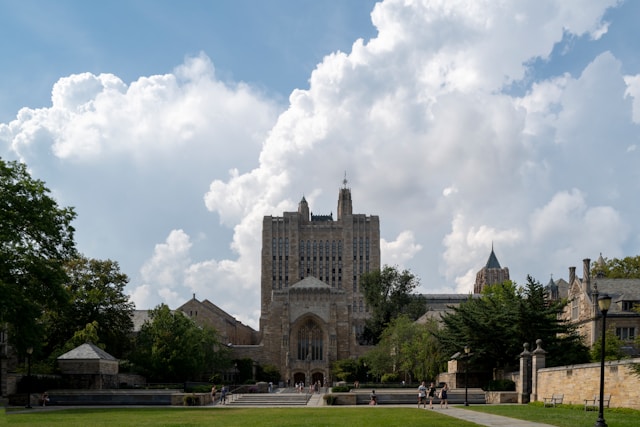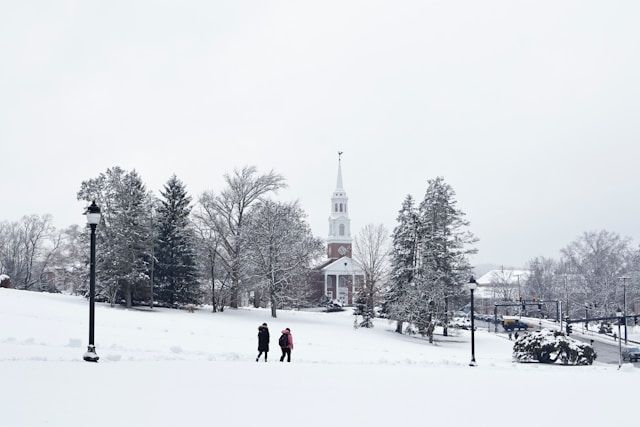Nestled in the heart of Connecticut, Storrs offers a blend of small-town charm and university influence that makes it a unique place to call home. The best neighborhoods in Storrs include areas near the UCONN campus which boast higher home values and lower crime rates, creating communities with exceptional quality of life for residents. The town features a variety of living options that cater to different lifestyles and preferences, from student-friendly areas to family-oriented neighborhoods.
Living in Storrs provides residents with the benefits of a college town atmosphere while maintaining the peaceful environment Connecticut is known for. The median household income in Storrs sits around the national average, placing it in the 49th percentile nationwide. What makes Storrs stand out is its highly educated population – 60% of adults hold bachelor’s degrees or higher, nearly double the national average of 31%. This educational focus creates a community that values learning and cultural enrichment.
Get a discount of 15% to 70% on accommodation in Connecticut! Look for deals here:
Connecticut Hotels, Apartments, B&Bs
Top Neighborhoods for Quality of Life
Storrs offers several neighborhoods that stand out for their exceptional quality of life, with varying options to match different lifestyle preferences and budgets. These areas combine affordability, educational excellence, and safety to create ideal living environments.
Affordability and Cost of Living
Housing costs in Storrs are notably lower than the national average, with median home values around $275,533, making it more affordable than many other U.S. locations. The Mansfield Center area offers some of the best value, with reasonable housing prices and lower rental rates.
Hunting Lodge Road and Four Corners neighborhoods provide a balance of affordability and amenities. Residents enjoy reasonable property taxes compared to other Connecticut towns.
For renters, Cedar Ridge and Carriage House apartments offer budget-friendly options close to campus, while maintaining good quality standards.
The typical household in Storrs earns about $25,586 annually, which is lower than the national median but reflects the large student population.
Educational Opportunities
Storrs boasts exceptional educational resources, largely due to the presence of the University of Connecticut (UConn). The E.O. Smith High School district consistently ranks among Connecticut’s top educational areas with strong college preparation programs.
The Spring Hill neighborhood offers the best access to UConn’s main campus, perfect for faculty, staff, and students seeking minimal commute times. University housing areas provide vibrant communities with direct access to academic resources.
Local public schools show impressive educational achievement metrics:
- E.O. Smith High School: 94% graduation rate
- Mansfield Middle School: Above-average test scores
- Dorothy C. Goodwin Elementary: Strong early education foundation
Neighborhoods near Charter Oak Park offer families easy access to both quality K-12 schools and university resources, creating ideal settings for education-focused households.
Safety and Crime Rates
Storrs enjoys lower crime rates than many comparable college towns, contributing significantly to its high livability score of 76 out of 100. This places Storrs in the top 10 percent of all U.S. cities for overall livability.
The Storrs Heights neighborhood stands out for its exceptional safety statistics, with minimal property crime and almost no violent crime reports. Spring Manor and Hunting Lodge areas maintain excellent security records, making them popular with families.
The University offers additional safety measures that benefit nearby neighborhoods:
- Regular security patrols
- Well-lit public areas
- Emergency response systems
Areas north of Route 44 typically report lower crime incidents than the more densely populated student housing regions, making them ideal for those prioritizing safety and tranquility.
Comparative Analysis of Storrs Neighborhoods
Storrs neighborhoods show distinct patterns in income levels, housing prices, and demographic makeup that influence their overall livability. Understanding these differences helps potential residents make informed decisions about where to settle.
Employment and Income Averages
Storrs presents a mixed economic picture with varied income levels across its neighborhoods. The median household income in Storrs is approximately $25,586, which falls significantly below the national median of $67,500. This stark difference reflects the large student population from the University of Connecticut.
Income distribution varies notably between neighborhoods. Areas closer to UConn generally show lower household incomes due to the student concentration. The poverty rate in Storrs stands at 44.9%, which is 221% higher than the national average.
Despite these statistics, Storrs residents tend to be highly educated, with 60% of adults holding bachelor’s degrees or higher compared to 31% nationwide. This education advantage typically translates to better employment prospects in academic and research sectors.
Housing and Real Estate Trends
The real estate market in Storrs offers relatively affordable options compared to state and national averages. Median house prices hover around $256,796, which is lower than both Connecticut’s average of $357,181 and the US median of $318,879.
Neighborhoods near the university show higher rental percentages and seasonal occupancy patterns aligned with the academic calendar. Housing styles vary from historic New England architecture to more modern developments.
Real estate trends show steady appreciation in neighborhoods with easy access to campus facilities and town amenities. The most desirable locations combine scenic landscapes with proximity to education and employment centers.
Demographics and Lifestyle
Storrs neighborhoods feature unique demographic compositions heavily influenced by the university presence. The population includes a diverse mix of students, faculty, and long-term residents, creating vibrant, intellectually rich communities.
The cultural landscape benefits from university events, with neighborhoods closest to campus enjoying easy access to concerts, lectures, and sporting events. Families tend to cluster in residential areas with better school access and larger homes.
Age distribution varies significantly among neighborhoods, with student-dominated areas showing predominantly 18-24 year olds, while family-oriented neighborhoods maintain more balanced age demographics. These differences shape the lifestyle and community feel of each area.
Neighborhoods in the rural outskirts offer more traditional Connecticut character with farmland and open spaces, appealing to those seeking quieter living while still maintaining access to university resources.
Get a discount of 15% to 70% on accommodation in Connecticut! Look for deals here:
Connecticut Hotels, Apartments, B&Bs








